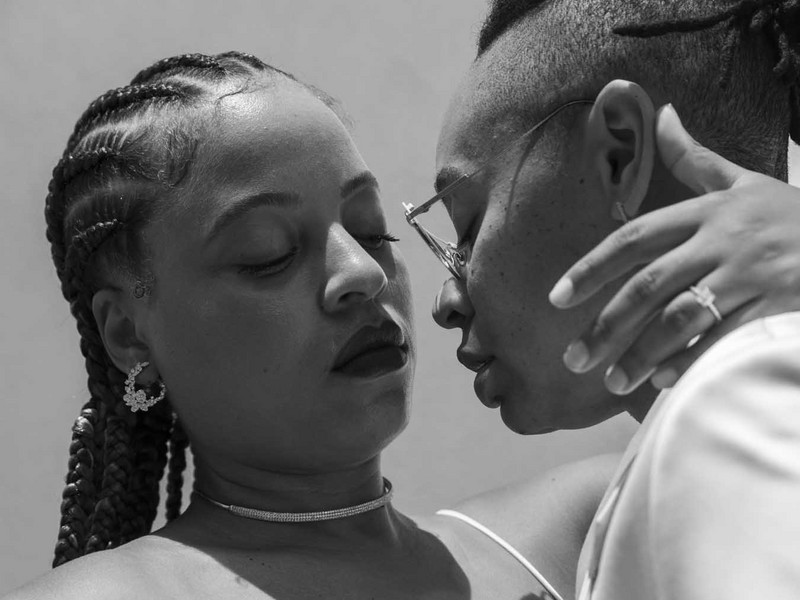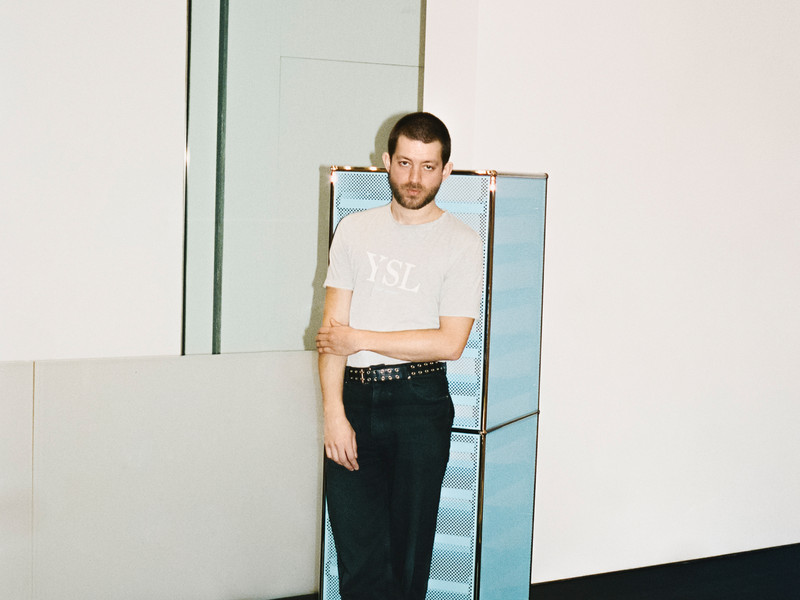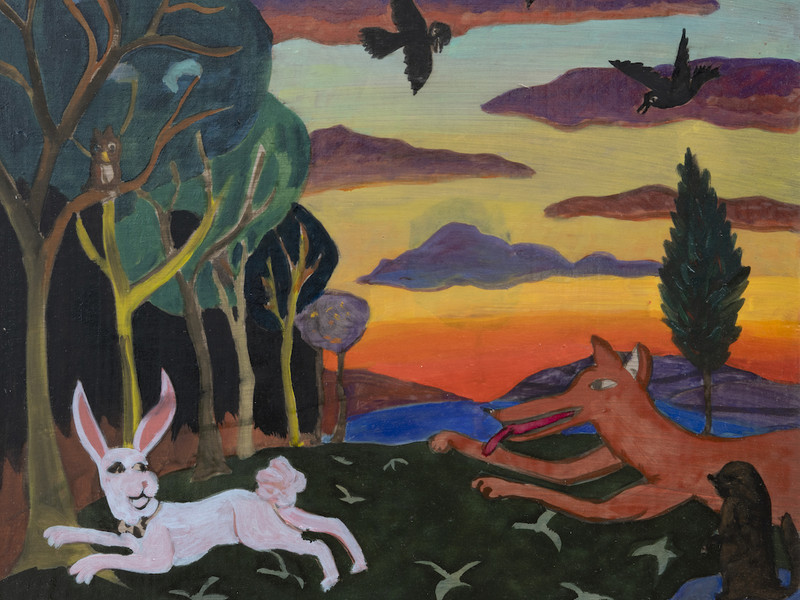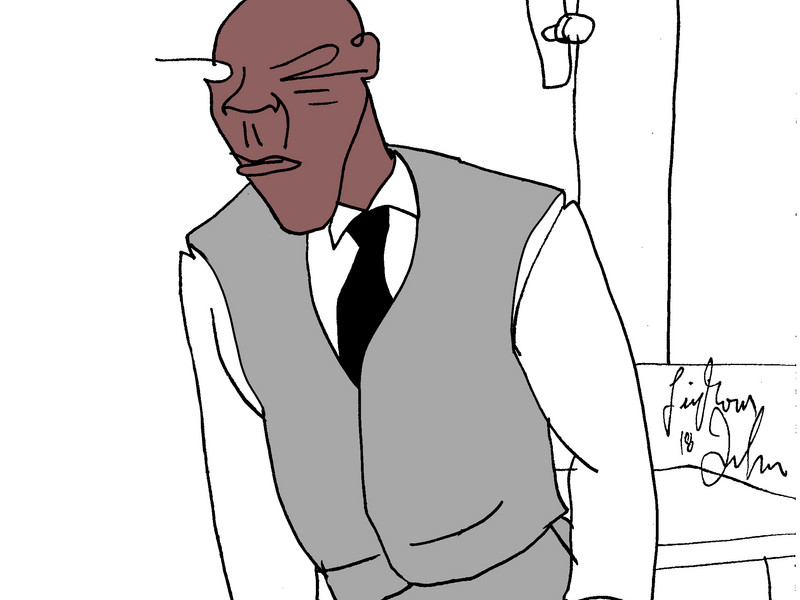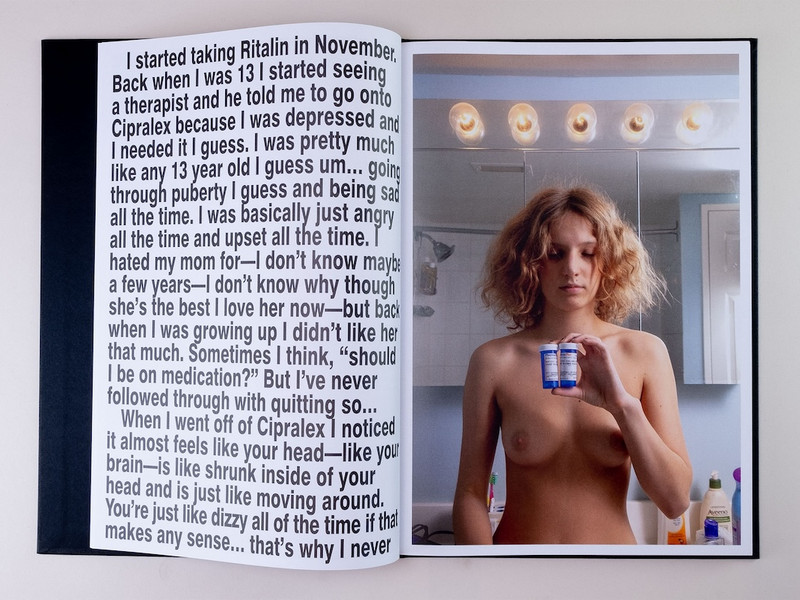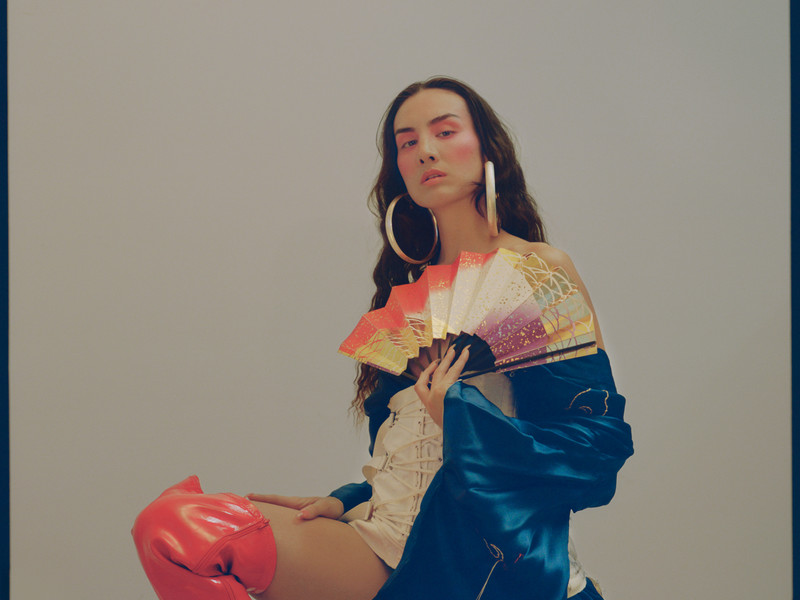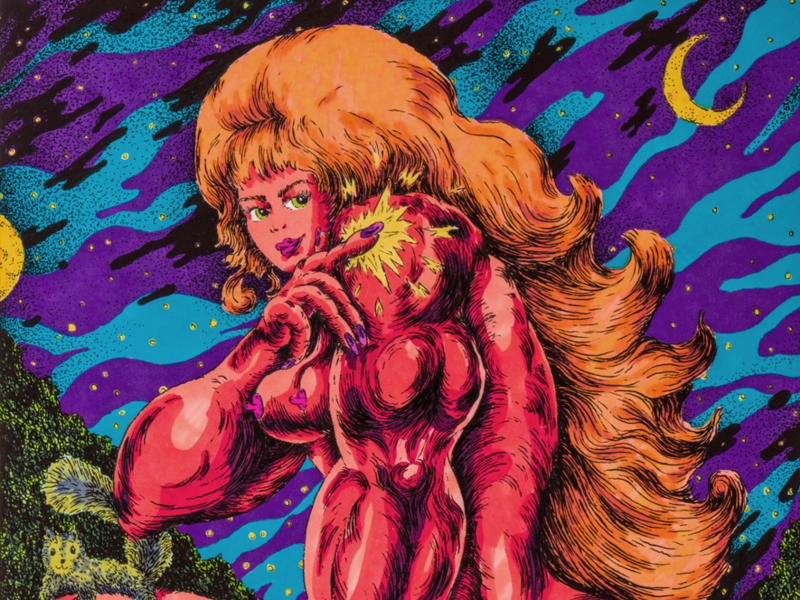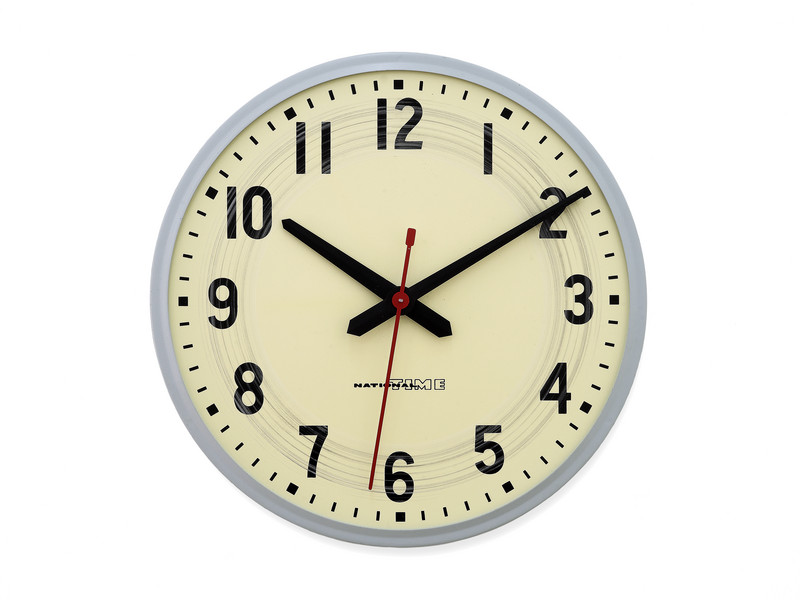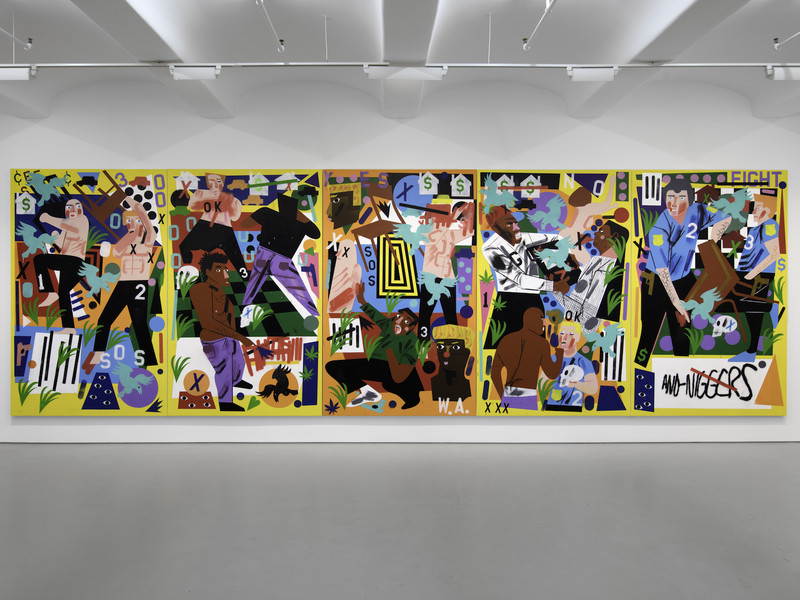Nude Beyond the Naked
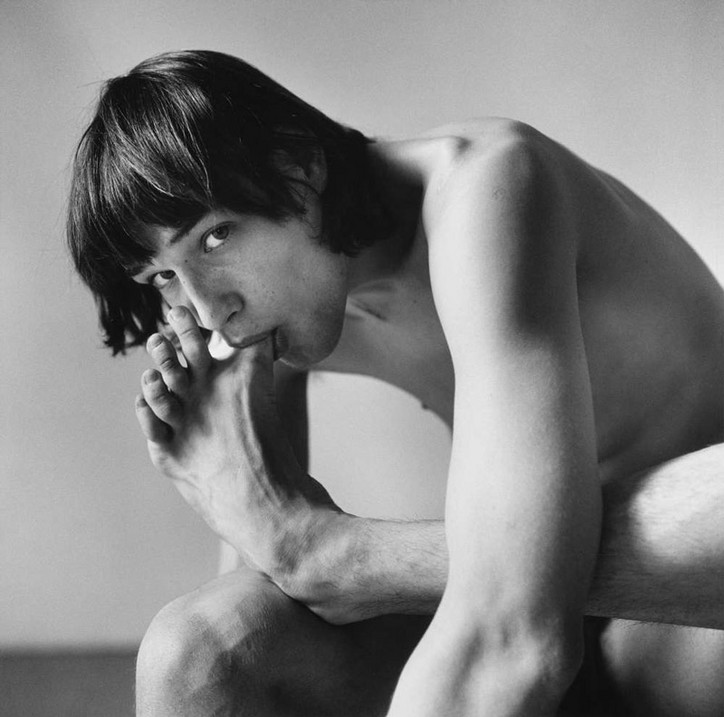
Hujar encountered various creatives in his life – Andy Warhol, Susan Sontag, and Nan Goldin to name a few – forming a luscious constellation of close friends and cultivating a genuine reputation. Despite his starry social circles – who frequented not only The Factory, but also Hujar’s cheap loft above the Eden Theatre – the artist never really earned a living. He even washed his laundry in his sink. Described as handsome, flamboyant, promiscuous – not glamorous – he wasn’t particularly interested in what seemed to appeal to his peers. For the majority of his life he declined commercial jobs and hung up on art dealers.
While Mapplethorpe transformed his subjects' personalities into performances, his characters into costumes, Hujar stripped them of these signifiers. His documentation transcended nudity, surpassing flesh and bones and uncovering the true nature of his subjects, qualities typically invisible to the eye. His photographs enacted a realm in which the soul could likely be heard whispering, aching to break free of its corporeal form.
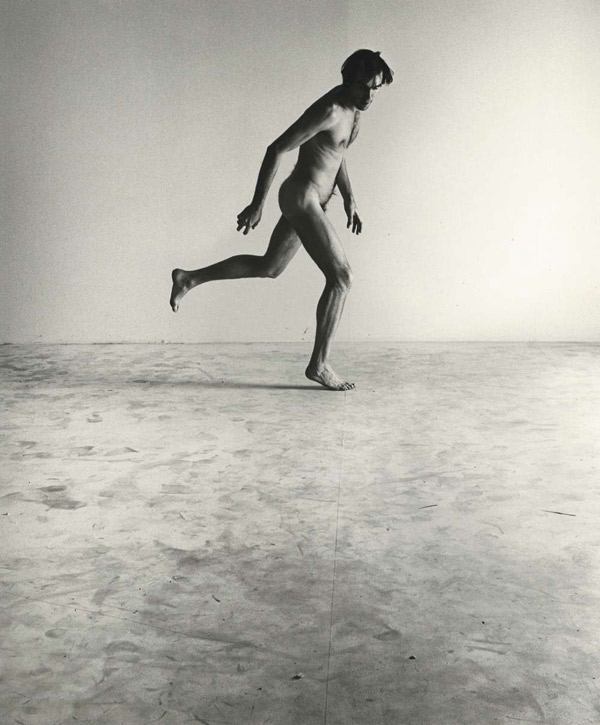
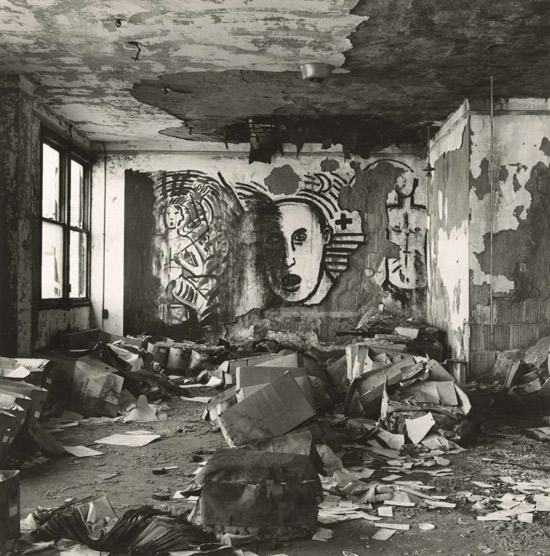
Conceivably, the relevant question to ask is, "Why not then, but now?" Schultz suggests that, "A whole generation of younger artists is looking to Hujar for inspiration right now, ... artists across the spectrum who are interested in the questions of intimacy and desire, espcially as they relate to queer culture." In her introduction to Hujar's only book, Sontag cautions that photography “converts the whole world into a cemetery,” a nod to Roland Barthes conceptual explorations of the art form in Camera Lucida. Perhaps then, Sontag's ghosts are destined to rise from the dead – to find new life in a generation defined by an insatiable search for individuality balanced with a desperate need for collective understanding.
" ... Hujar captured the essence of a community in a way no one else did. You can really hear the echoes of Hujar’s world reverberating from his photographs. There is an immediacy to the work that is arresting, a penetrating quality where his subjects feel as if they’ve been summoned from the past into the present moment."
The show at 125 Newbury covers two lesser-known aspects of Hujar's work, "almost classical images of people posing for the camera in Hujar's studio ... and photographs of the piers on Manhattan's far West Side," an epicenter for the queer cruising scene at the time. His lens pierces a territory of emotional uncomfortability that arrests his audience – frozen between the paradox of vulgarity and vulnerability. He expressed once that he wanted two graves, one for his body, and one for his work. Don't show up to 125 Newbury expecting his body, but anticipate finding his soul through his body of work.
Peter Hujar: Echoes is open until October 28, 2023.




